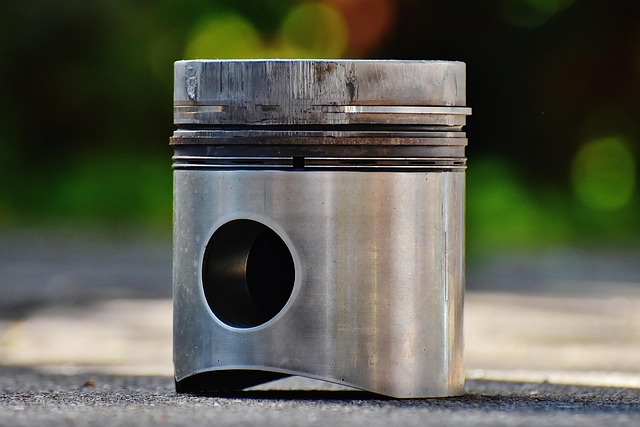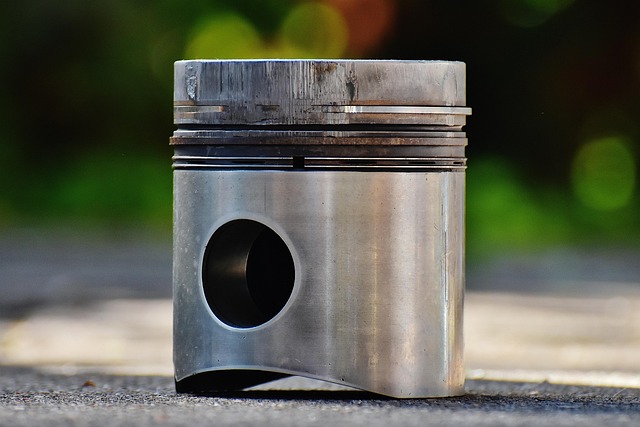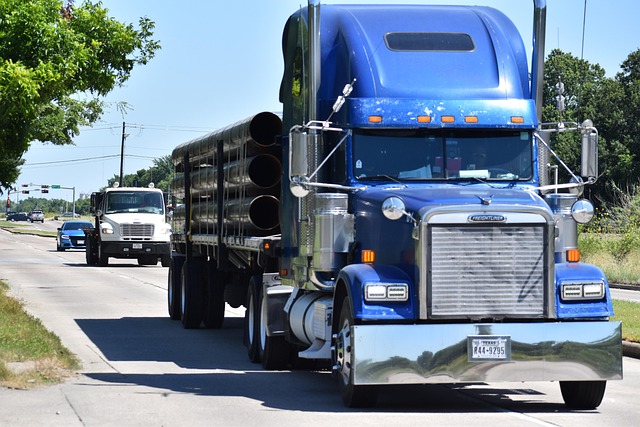Looking to register your car in California? This comprehensive guide breaks down the process step-by-step. From understanding essential requirements to gathering all necessary documents, you’ll learn everything needed for a smooth registration experience. A key part is completing the DMV VIN verification, which we detail thoroughly. By following these steps, including filling out applications and paying fees, you’ll soon have your vehicle registered and on California’s roads legally.
- Understand Requirements for Car Registration in California
- Gather Necessary Documents for Vehicle Registration
- Perform DMV VIN Verification Step-by-Step
- Submit Application and Pay Fees for Car Registration
- Receive Your Registered Vehicle Title and Plate
Understand Requirements for Car Registration in California

Before registering your car in California, it’s crucial to understand the requirements set by the Department of Motor Vehicles (DMV). The process involves several steps, including a thorough vehicle inspection and verification of your car’s unique Vehicle Identification Number (VIN). In California, VIN verification is a critical part of ensuring that all vehicles on the road meet safety and environmental standards.
For out-of-state residents bringing their vehicle to California, additional steps may be required, such as emissions testing and title transfer. A mobile VIN inspection or verification service can offer convenience by conducting these checks promptly at your location. This streamlined approach allows you to focus on enjoying the road while ensuring compliance with California’s stringent registration regulations.
Gather Necessary Documents for Vehicle Registration

Before you can register your car in California, you’ll need to gather several key documents. These include proof of ownership, such as a bill of sale or previous registration, and valid identification like a driver’s license. Additionally, the DMV requires a vehicle inspection report, which can be obtained through a mobile vin verification service or by taking the vehicle to an authorized inspection station. This process involves checking the car’s safety and emissions systems, ensuring it meets state standards.
For a seamless experience, consider using a mobile vin verifier app that allows you to complete the vin inspection digitally. This modern approach streamlines the paperwork, saving you time and effort. Once all documents are in order, you can visit your local California DMV office or use their online registration platform to finalize the registration process.
Perform DMV VIN Verification Step-by-Step

Performing a DMV VIN (Vehicle Identification Number) verification is a crucial step when registering your car in California. Here’s a straightforward guide on how to do it. Firstly, gather all necessary documents including the vehicle’s registration certificate, proof of ownership, and insurance card. Then, visit the California DMV website and locate the VIN verification section. Input your vehicle’s unique VIN code, which can be found on the vehicle’s dashboard or under its hood. The system will cross-reference this information with their records to ensure authenticity.
For a more convenient option, consider scheduling a mobile vin inspection or utilizing a vin inspection service. These services send a trained professional to your location to perform the verification process, saving you time and effort. Alternatively, if you prefer a quicker online alternative, opt for a mobile vin verification where you can input your VIN through an app or secure website, receiving instant results.
Submit Application and Pay Fees for Car Registration

After gathering all your documents and ensuring your vehicle meets California’s requirements, it’s time to submit your application for car registration. You’ll need to visit a nearby California Department of Motor Vehicles (DMV) office or utilize their online system. If you prefer a faster, more convenient option, consider scheduling a mobile vin inspection where a verifier will conduct a thorough check using your Vehicle Identification Number (VIN).
During the process, you’ll complete an application form and provide proof of insurance, ownership, and identification. Along with these documents, be prepared to pay the required fees. California’s DMV offers several payment methods, typically including cash, credit card, or debit card. Once your application is processed, which may take a few days, you’ll receive your official vehicle registration along with any necessary stickers or plates, making your car legally registered and ready for California roads. Remember that the fee structure might vary based on factors like your vehicle’s type and age, so always check the current rates using the official DMV website or mobile app for accurate information.
Receive Your Registered Vehicle Title and Plate

After successfully passing the DMV’s vehicle inspection, the next step is to receive your registered vehicle title and license plates. This crucial process ensures that your car is legally recognized on California roads. You’ll typically get these documents in the mail within a week after completing the registration.
To streamline this process, consider using a mobile vin verifier or conducting a mobile vin verification. These services allow you to quickly validate your vehicle’s information with the DMV, ensuring accuracy and saving you time. A mobile vin inspection can be especially helpful if you’re busy or prefer the convenience of getting everything done from the comfort of your home or office.
Registering a car in California involves understanding specific requirements, gathering essential documents, and successfully completing steps like DMV VIN verification. By meticulously navigating each process—from initial checks to fee payments—you can ensure your vehicle is legally registered, enabling smooth operation on California’s roads. Remember, proper registration not only complies with state laws but also contributes to safer driving conditions for all.
